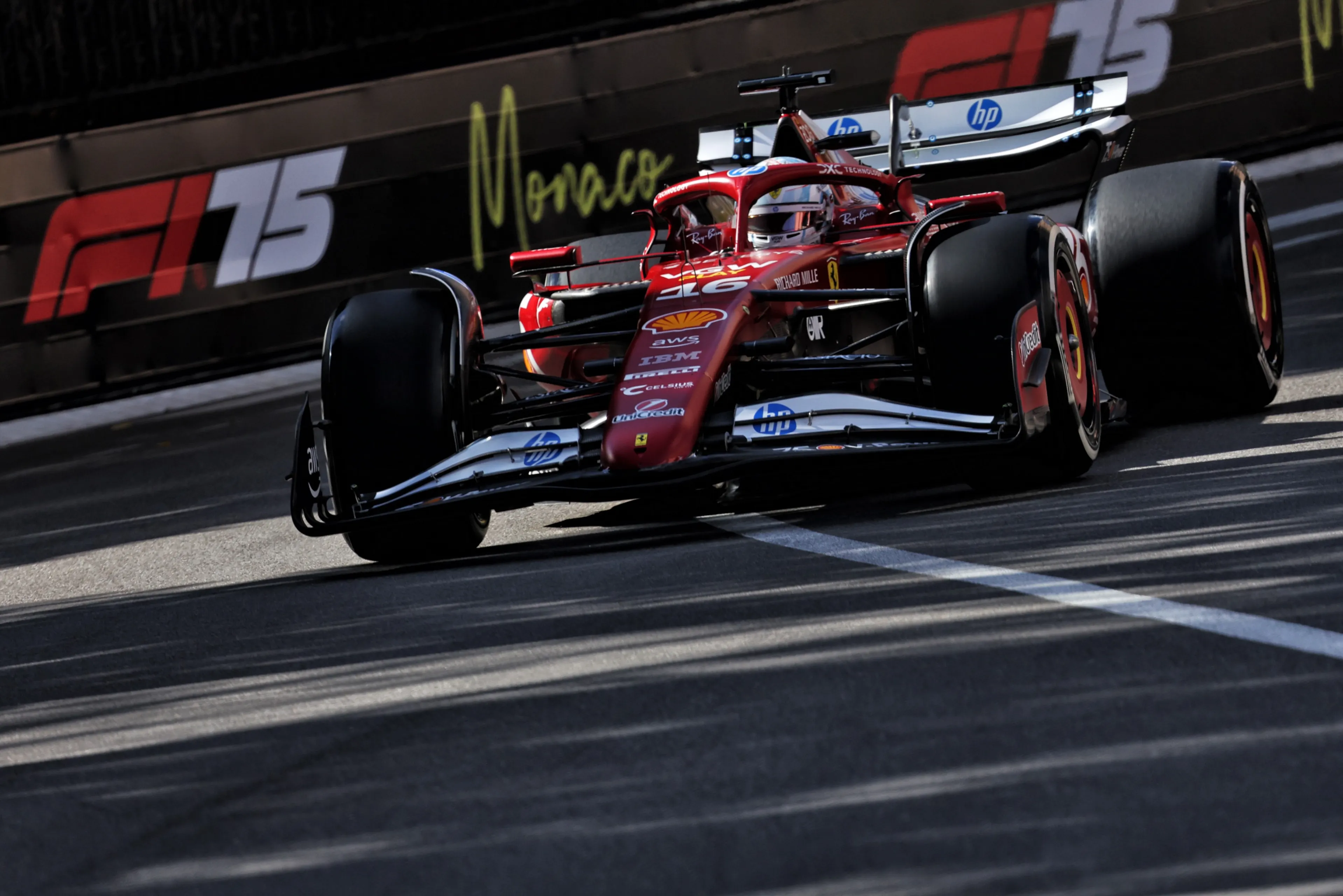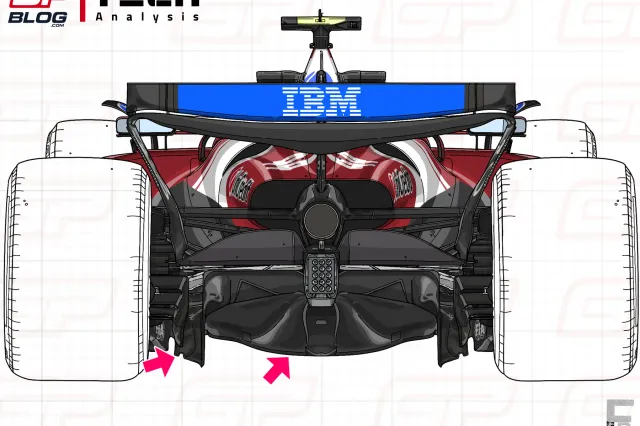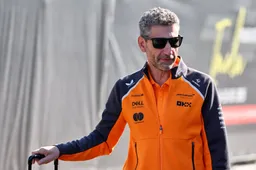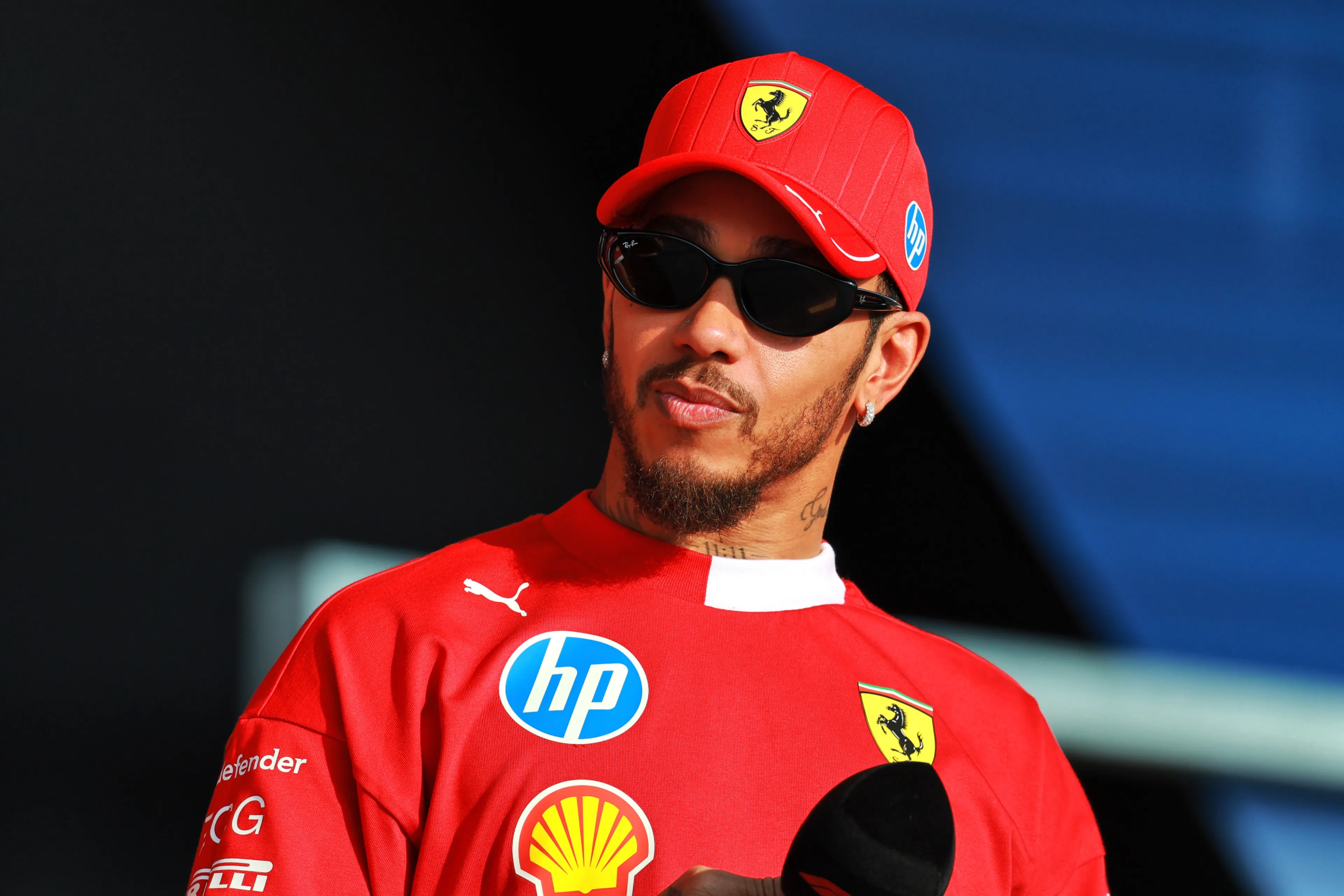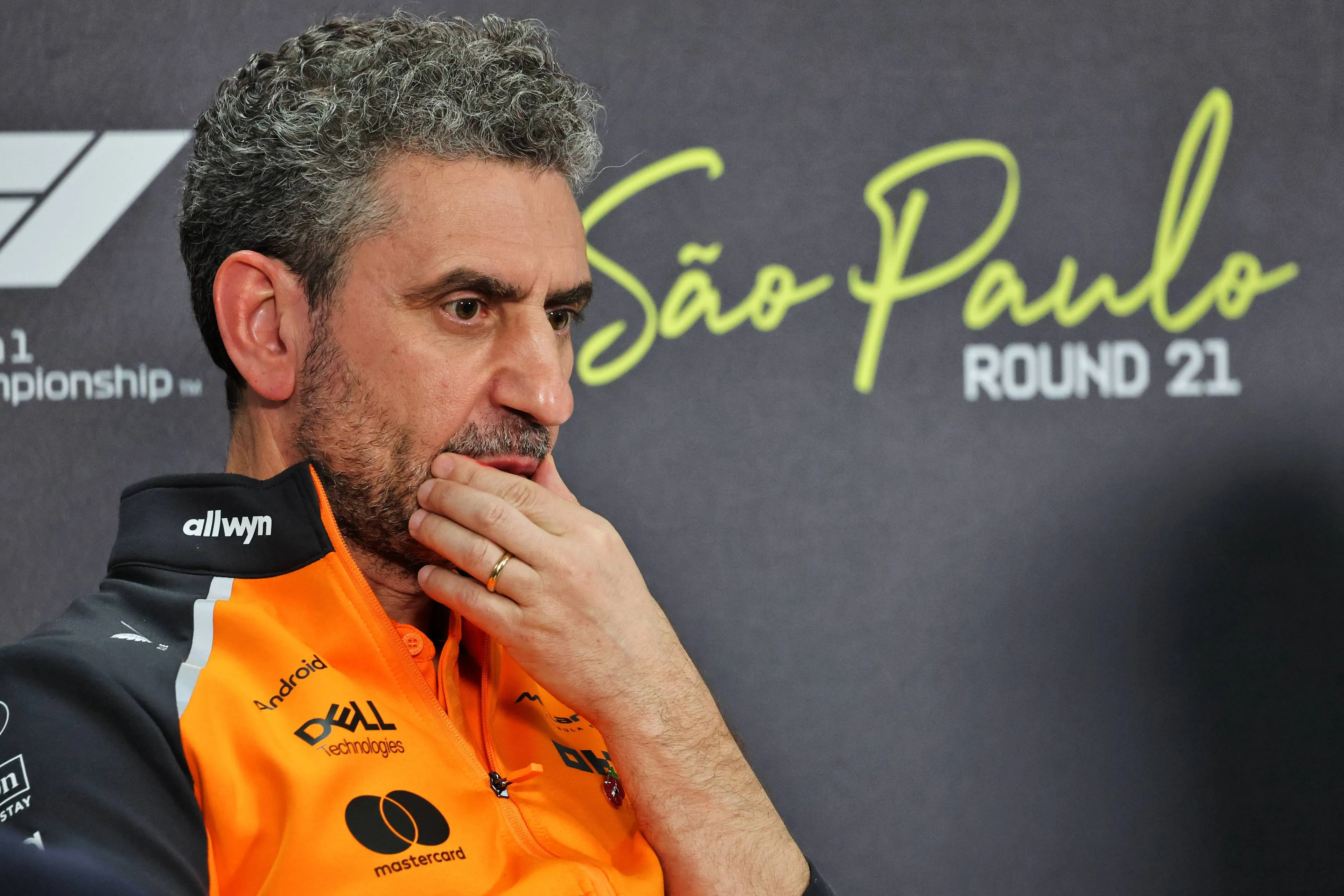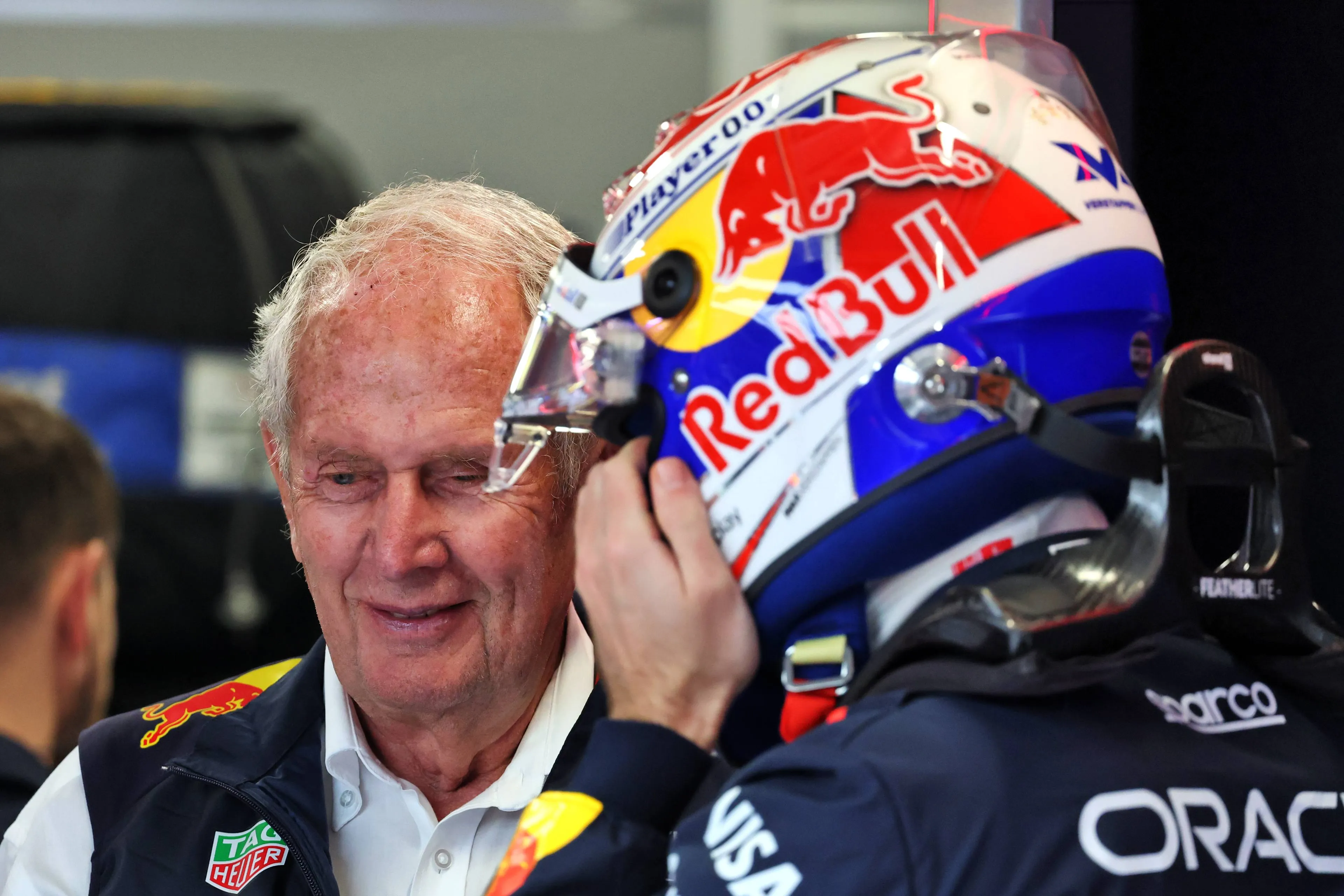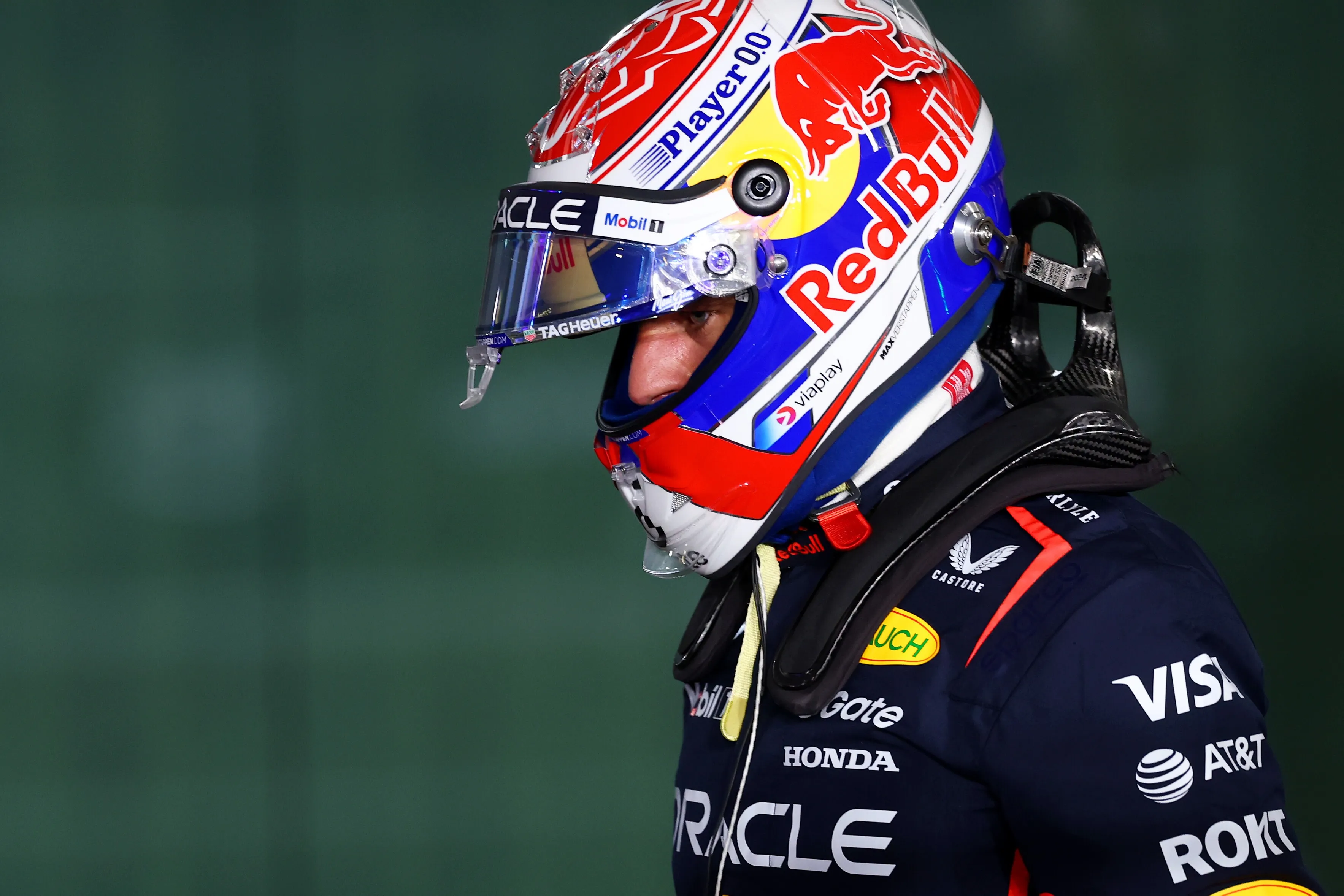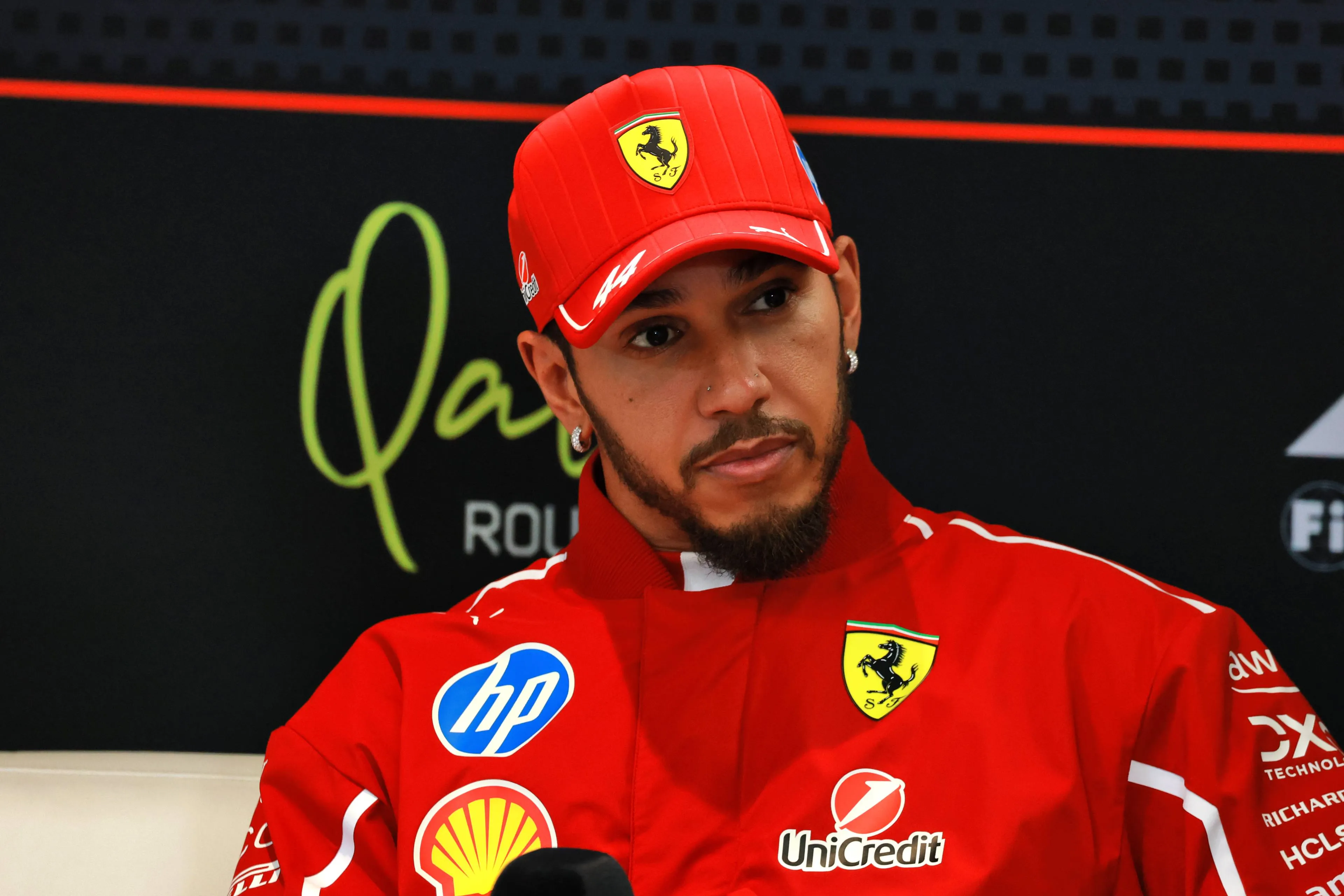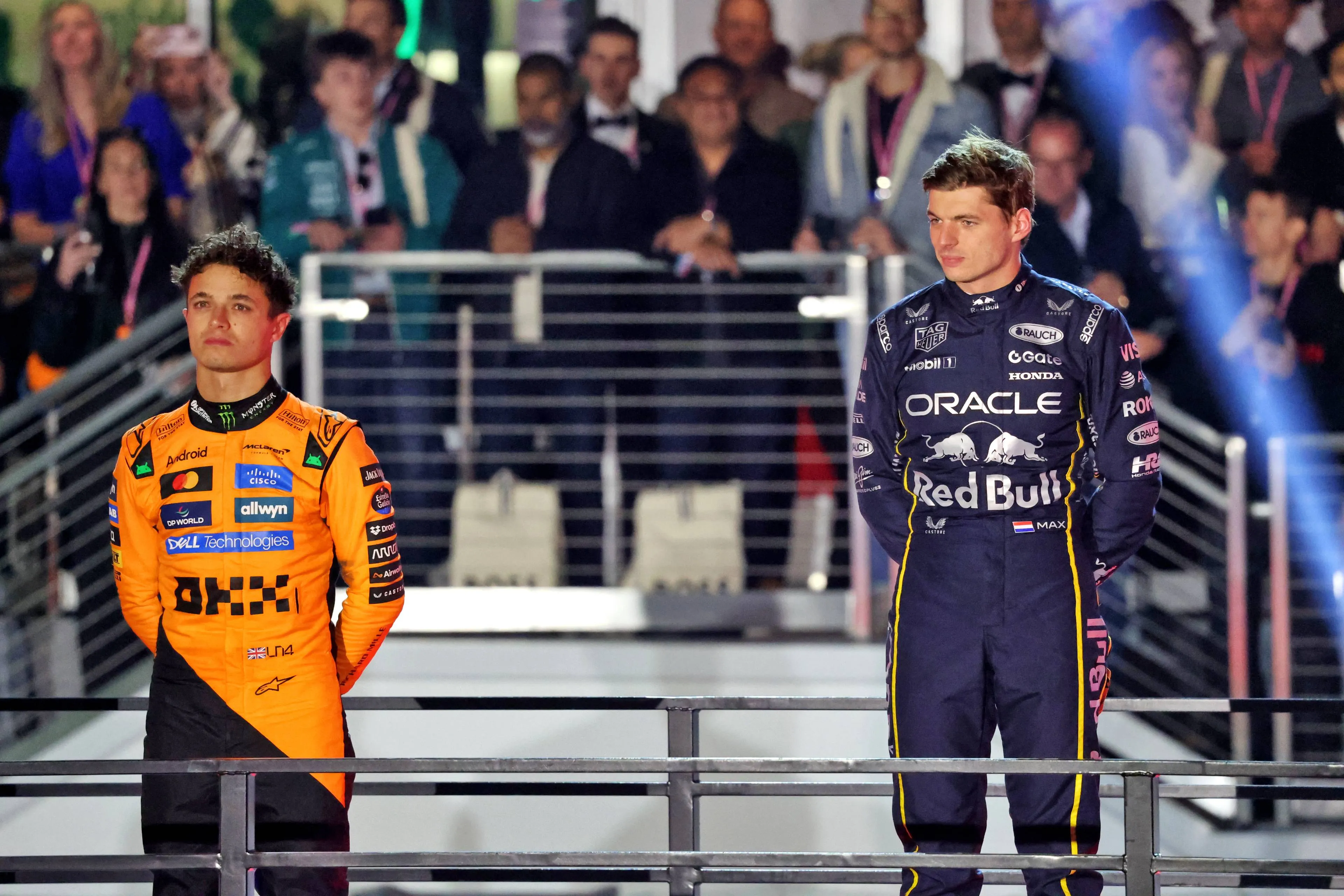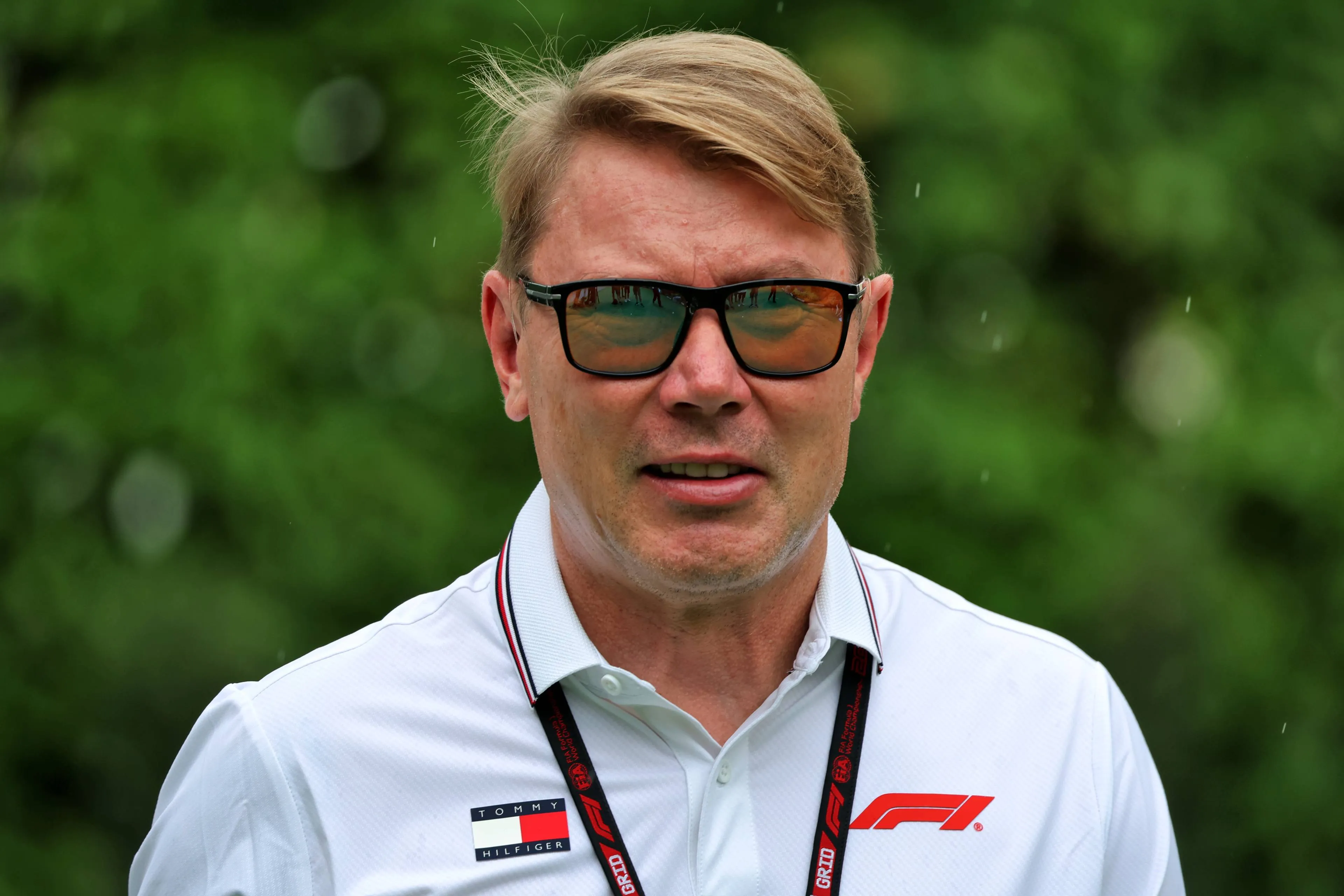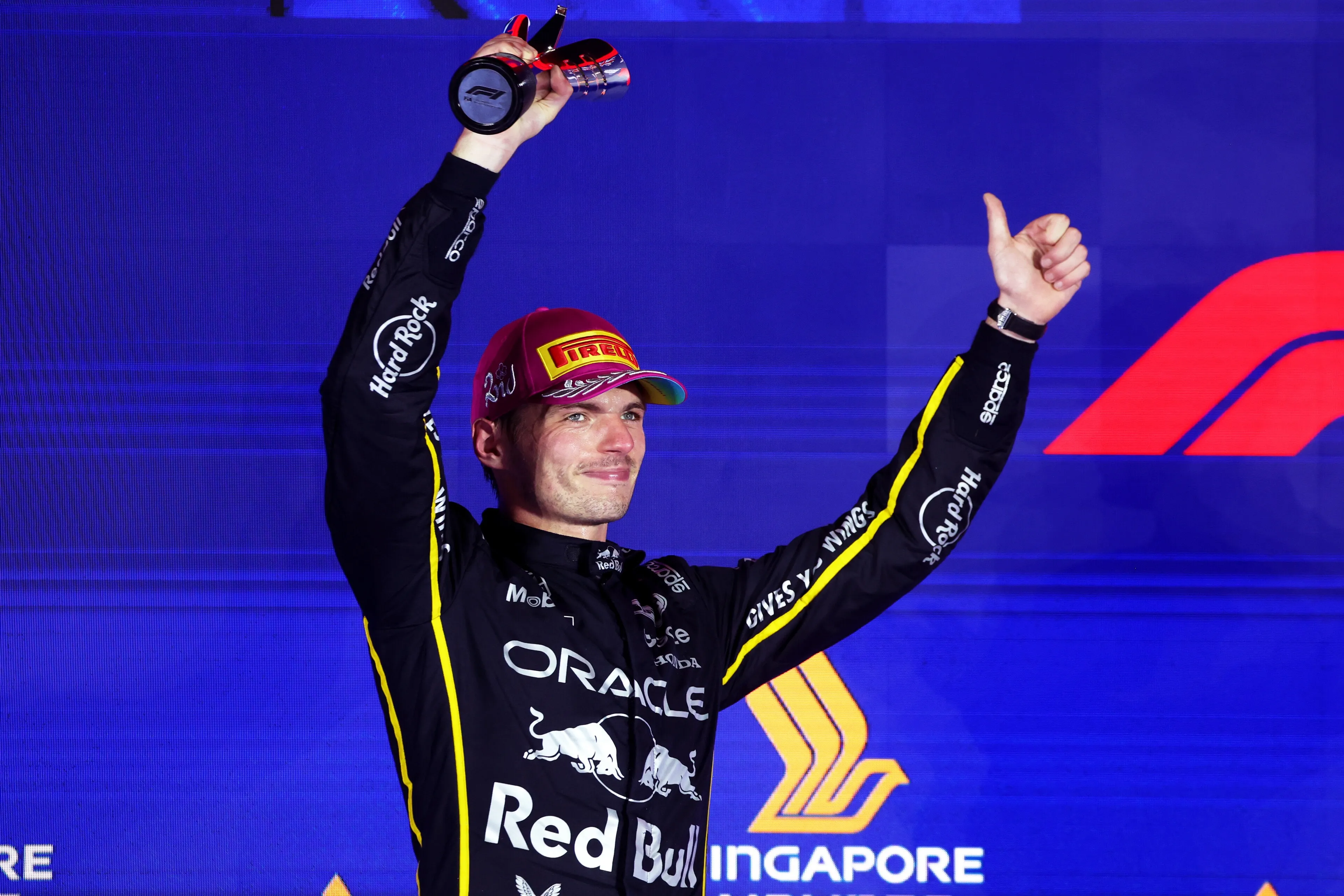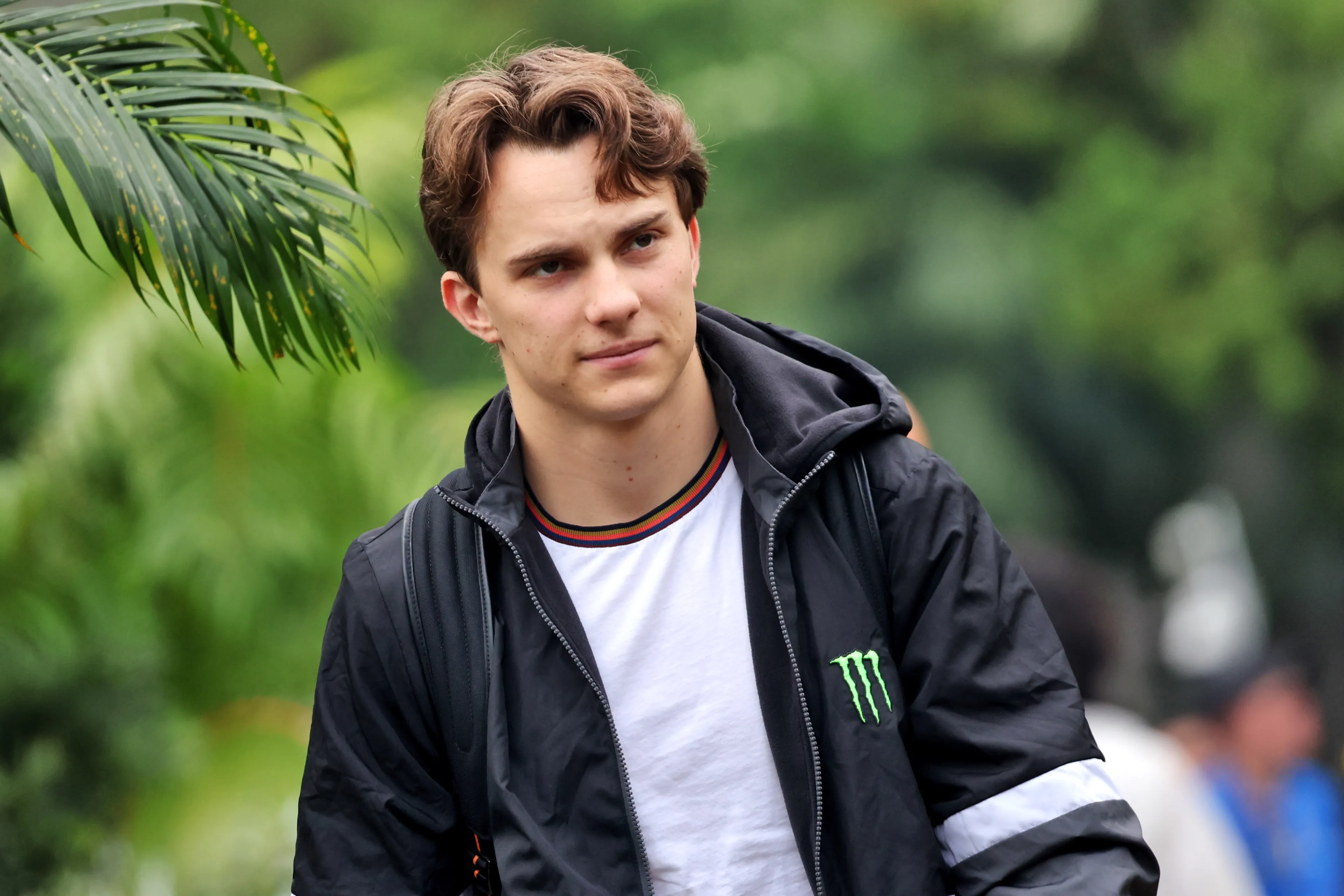The first day of practice in Monaco offered a rather unexpected scenario, with Leclerc topping both practice sessions, while the two McLarens and Verstappen were a bit further behind. The SF-25 seemed very strong over kerbs and bumps, but will this be enough to avoid a McLaren and Red Bull comeback in qualifying?
The first day of action around the most famous street circuit of the year saw a dominant Ferrari, especially in Leclerc’s hands, who was able to push the car to the limit and find the time much quicker than his competitors.
This performance was less than obvious, but may be due a very important factor: no compromises (in terms of set-up) need to be made around Monaco. Teams just go for maximum downforce and for a soft mechanical set-up, to absorb kerbs and bumps as good as possible, giving drivers confidence to push between the close walls.
In fact, since the beginning of the season the SF-25 massively struggled on those layouts where a compromise needed to be found: in Miami or Shanghai, characterised by different kind of corners, Ferrari always needed to optimise their car for a specific kind of corner (high-speed, medium speed or slow speed), consequently losing tons of performance in the other ones.
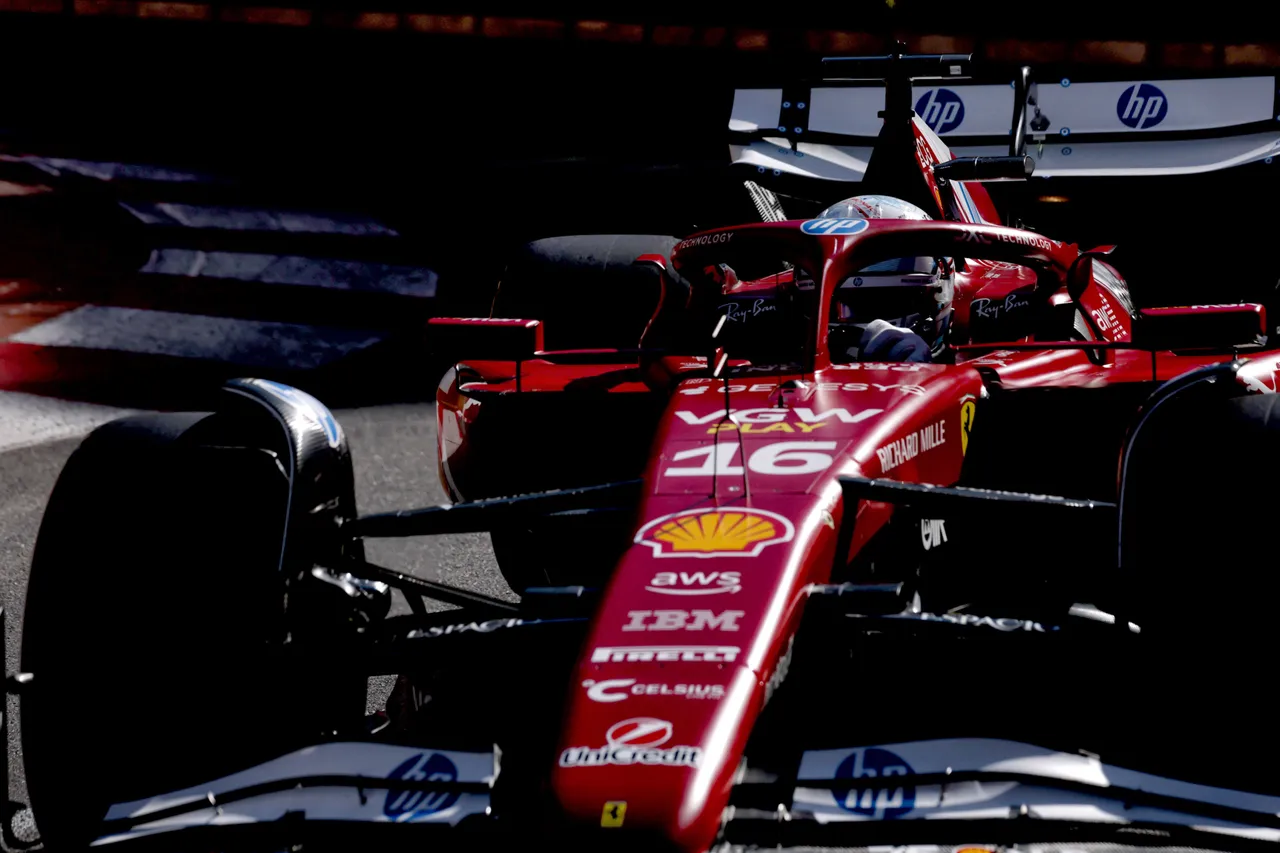
From this point of view, Monte-Carlo is very atypical and this aspect may be an advantage for Ferrari: despite the lack of performance in the slow speed corners, the team found a good operating window for this track, giving Hamilton and Leclerc a balanced car, which can be pushed to the limit without taking too many risks.
There are mainly three aspects that play in favour of Ferrari this weekend:
- The maximum downforce set-up adopted: being the SF-25 a car that lacks a bit of overall downforce, especially on the rear, adopting big wings helps, as it generates the missing load from the Venturi channels;
- The ride height around these streets is higher, due to the very bumpy nature of the asphalt and the high kerbs. As already explained in a dedicated analysis, on most layouts Ferrari need to run higher than competitors to avoid an excessive plank wear, which can lead to eventual disqualification as happened in Shanghai. In Monaco, however, all teams need to raise their cars to not scratch the floor and risk damage and this helps Ferrari, as they play on equal terms as their competitors.
- Last but not least, due to the very smooth tarmac, drivers tend to improve lap after lap, setting their personal best even after 5 or 6 laps on the same set of tyres. This is a key factor for the SF-25: as seen in Imola, in fact, the car struggles to improve on the new softs, whilst continuing to set competitive lap times on used tyres.
Read also
For all these reasons, the SF-25 seemed to adapt very well to the slow and bumpy roads of the Principality, showing a good performance in Sector 1, mainly characterised by two medium speed corners (Massenet and Casino) and in the swimming pool chicane, another fast section of the circuit.
This great confidence with the car was underlined by Leclerc himself in the usual Friday interview to F1TV: “It’s too early to feel completely confident about the rest of the weekend, but so far Friday has been very positive for us. I felt a very good feeling with the car.”
Having a look at the rest of the weekend, Ferrari and Leclerc will probably need to find a bit more lap time to be comfortably ahead of the two McLaren and Max Verstappen, who will probably be in the fight for pole as well.
The new soft tyre quest must be solved before qualifying, in order to be able to exploit the grip from the new rubber and set faster lap times than on used compounds.
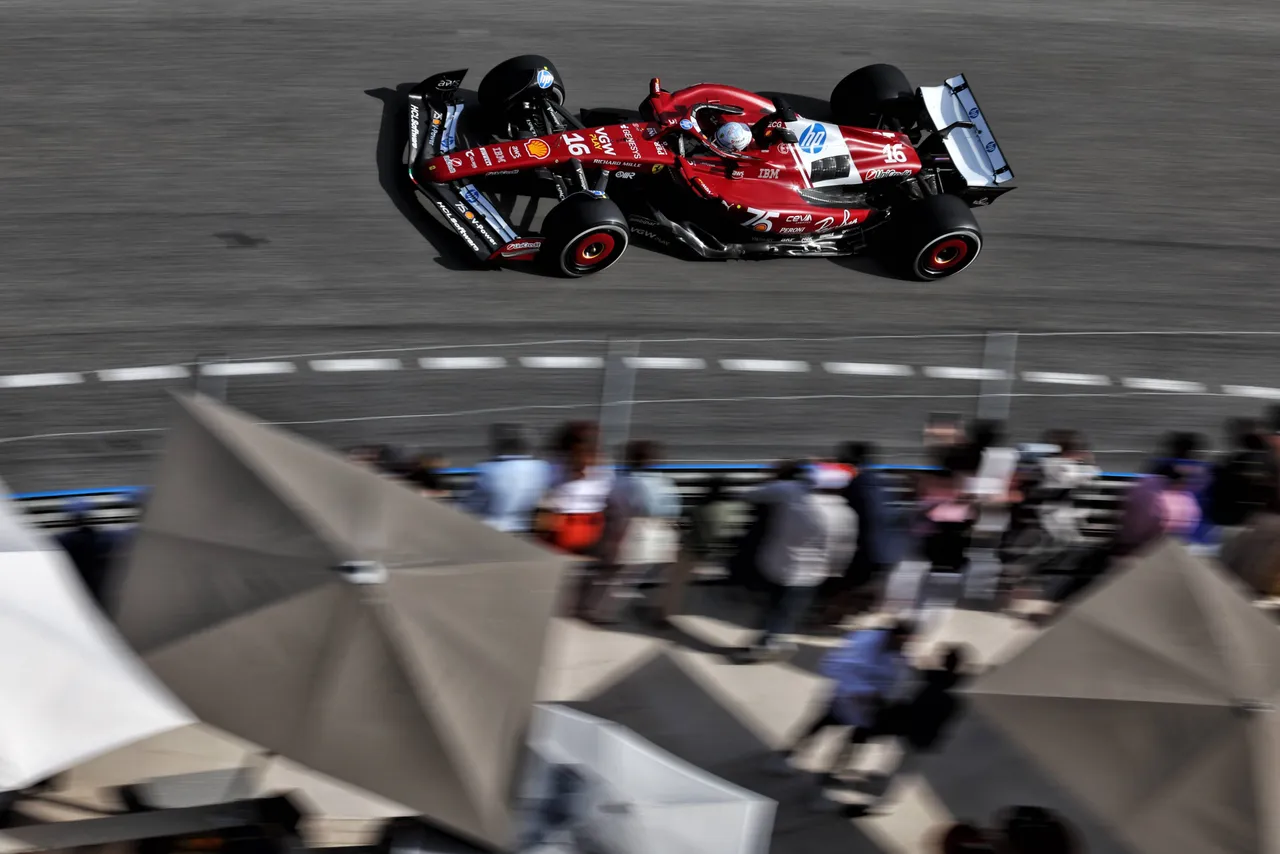
McLaren: the MCL39 looked quick but difficult to push to the limit
Moving on to analyse McLaren’s performance on Friday, it’s right to say that the MCL39 looked quick, but difficult to push it to the absolute limit, especially in FP2.
Both Norris, and Piastri, in fact, struggled with the soft tyre, making multiple mistakes during their fastest laps and with Piastri able to set his quickest lap only after a lot of laps on the C6. This aspect was underlined by Piastri himself after FP2 to F1TV: “The pace is quite good, it's just not proving that easy to do at the moment.”
The MCL39, however, looked extremely competitive through the slowest sections of the circuit, from Mirabeau to Portier, where the mechanical grip provided by the tyre and suspension complex allowed both drivers to always dominate that section of the circuit.
To be on par with Ferrari, McLaren probably need to slightly improve their performance in the last sector, where Piastri was sliding a lot during his fast lap, losing precious time to Leclerc.
If the team manage to find a solution to these problems they are clearly the favourites for qualifying, even though the compulsory two stop strategy for the race could make their chances of winning a little more difficult.

Red Bull and Mercedes: a messy Friday with no effective potential
Moving now on to Red Bull and Mercedes, they both struggled a lot during FP1, without finding a good performance around the tight streets of the Monaco Circuit.
For what concerns Red Bull, their performance in FP1 didn’t seem bad, but Verstappen complained of understeering in mid corner for the whole day, losing tons of lap time as a consequence.
Moreover, due to its nature, the RB21 struggled a lot with a softer mechanical set-up, sliding a lot after jumping on kerbs and having a terrible ride through the slowest sections of the track, like Mirabeau and the Lows harpin.
For all these reasons, the team needed, once again, to completely revolutionise their set-up during Friday night to extract more performance (if there is any) from the RB21 and give Verstappen a more balanced and predictable car, in order to be as close as possible to Ferrari and McLaren at the front.
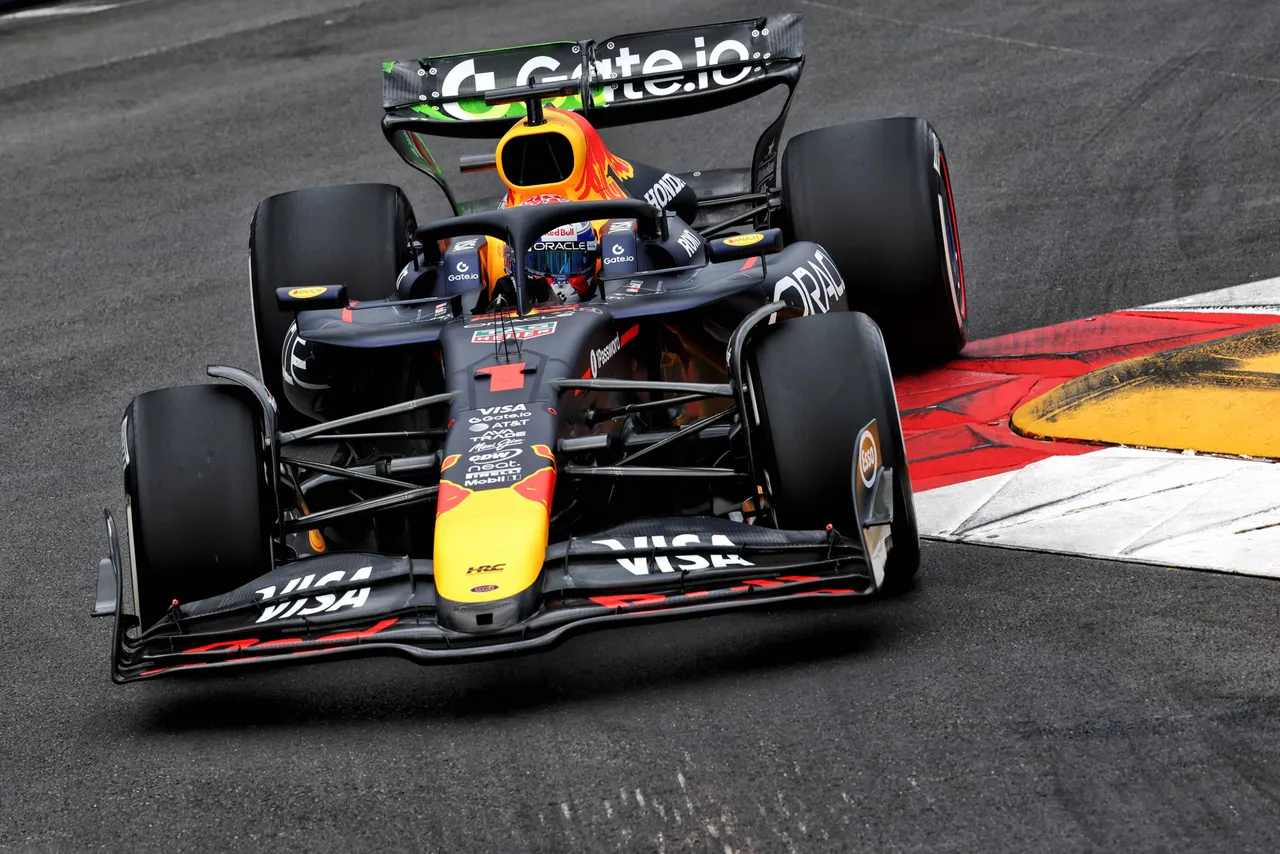
For what concerns Mercedes, they seemed to never find the right operating window for their car in Monaco, despite having always shown a very good mechanical grip and traction out of slow corners on every layout since the beginning of the season.
This aspect may be related to the new rear suspension the team brought in Imola, which was discarded for this Grand Prix. It’s however evident that the team need to find an answer to their lack of performance before qualifying.
In conclusion, a very busy day at the track, with different teams finding more performance than others. The hope is that all top teams will be much closer to each other during Saturday’s FP3 and qualifying, hoping then that the mandatory two-stop strategy on Sunday offers an exciting and unpredictable race.
Popular on GPBlog
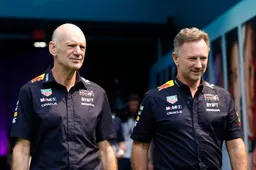
Aston Martin has informed staff following rumors about Horner’s arrival

What Norris needs to do to clinch his first drivers' title in Qatar GP

F1 Drivers' Standings | Piastri closes the gap with Sprint win in Qatar

